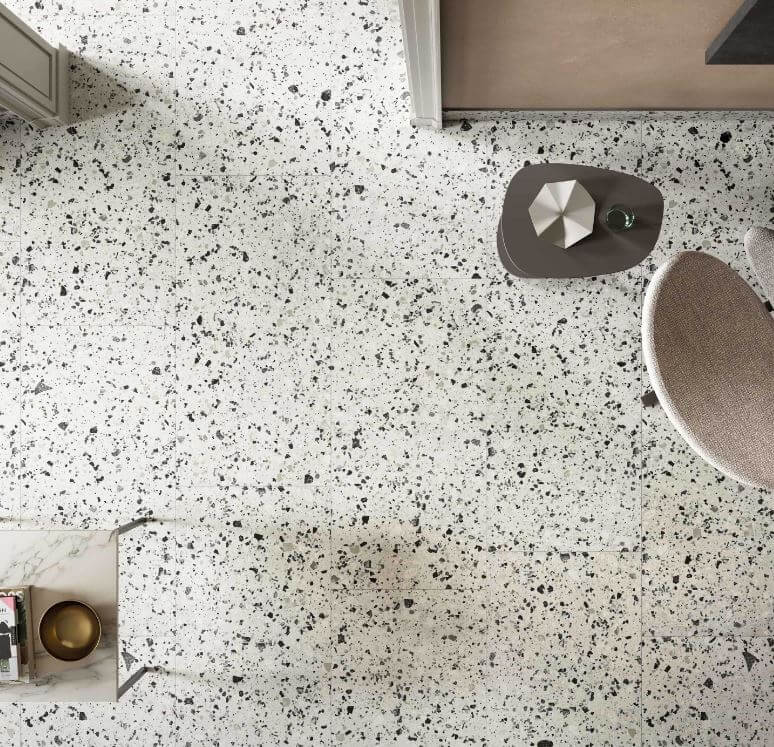
Terrazzo flooring is a versatile and visually appealing option that has gained popularity in various architectural and interior design applications. However, when considering installing terrazzo flooring in warm climates, there are specific benefits and considerations that should be taken into account. In this article, we will explore the advantages and potential challenges of using terrazzo flooring in warm climate regions.
Temperature Regulation
Terrazzo flooring has excellent thermal properties, which can help regulate the temperature in warm climates. The natural stone aggregates used in terrazzo have a high thermal mass, allowing them to absorb heat during the day and release it slowly at night, thus keeping the indoor environment cooler.
Durability and Resistance
Terrazzo flooring is renowned for its durability and resistance to wear and tear, making it well-suited for high-traffic areas. In warm climates where the flooring might be exposed to intense sunlight and high temperatures, terrazzo’s resilience helps it maintain its structural integrity, reducing the risk of cracks, fading, or warping.
Cool and Comfortable underfoot
One of the significant advantages of terrazzo flooring in warm climates is its ability to remain cool underfoot. The inherent properties of the material help to dissipate heat, ensuring that the floor surface remains comfortable to walk on, even during hot weather.
Low Maintenance
Terrazzo flooring is relatively low maintenance, which is advantageous in any climate. In warm climates, where dust and debris may accumulate more quickly, terrazzo’s smooth, seamless surface makes it easy to clean. Regular sweeping and occasional mopping are usually sufficient to keep the floor looking its best.
Design Versatility
Terrazzo flooring offers a wide range of design options, allowing homeowners and designers to create unique and visually stunning spaces. In warm climates, where natural light is abundant, terrazzo’s reflective properties can enhance the brightness of a room, creating an airy and open atmosphere.
Potential Challenges
While terrazzo flooring has several benefits in warm climates, there are a few considerations to keep in mind:
- Expansion and contraction: In extreme heat, terrazzo floors may expand slightly, potentially leading to minor cracks or separation between tiles. Proper installation techniques, including expansion joints, can help minimize this issue.
- UV exposure: Direct and prolonged exposure to sunlight can cause fading or discoloration of certain types of terrazzo flooring. Choosing UV-resistant sealants and considering shades or curtains to block excessive sunlight can mitigate this effect.
- Slipperiness: Polished terrazzo surfaces can be slippery when wet. It is essential to consider the slip resistance of the flooring, especially in areas prone to humidity or water exposure. Using textured or honed finishes or applying anti-slip coatings can enhance safety.
Conclusion
When considering terrazzo flooring for warm climates, it is crucial to consult with professionals who can provide guidance on material selection, installation methods, and maintenance practices to ensure optimal performance and longevity.

